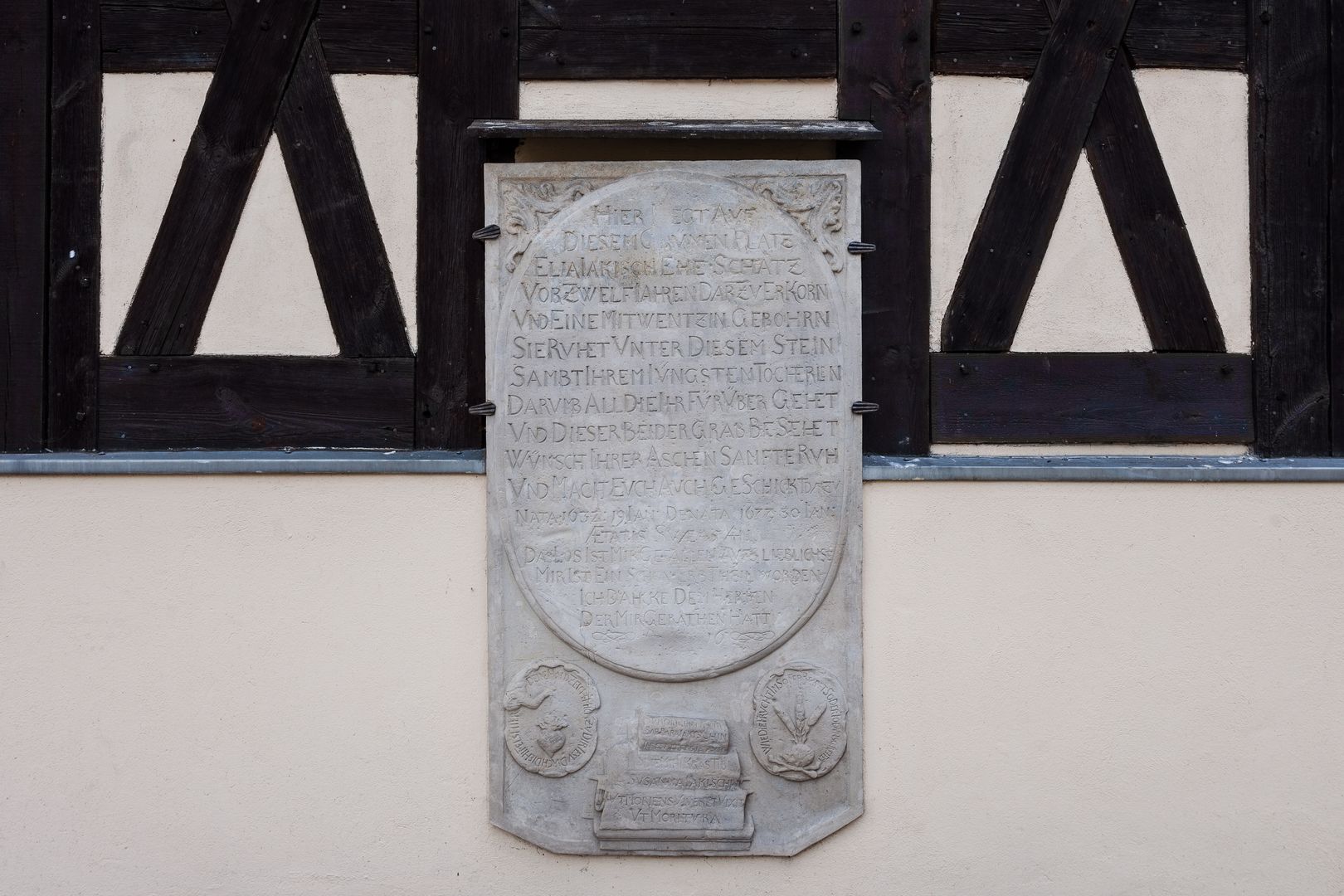Twardogóra
6.05

Overview
Twardogóra, also known as Festenberg, is a town in the Lower Silesian Voivodeship, located in the Oleśnica County, with a population of 6,231 (as of January 2023). The history of Twardogóra dates back to the 13th century, a period marked by armed conflicts, and the forest settlement was granted town rights in 1293. In the 17th century, the town experienced revitalization thanks to an influx of craftsmen, and in the 19th century, it transformed into an industrial center. Twardogóra was also an important hub for Polish Protestantism. After World War II, the coal and timber industries developed.
Architecturally, the town is notable for its churches: the Evangelical Church of the Holy Trinity from 1879 and the Roman Catholic Basilica of Our Lady Help of Christians, built between 1874 and 1876 in the Neo-Gothic style. Twardogóra also boasts an 18th-century Baroque palace, a modern school complex, a market square, and a Jewish cemetery.
An interesting fact about the town is that near the hamlet of Wesółka grows one of the largest oak trees in Poland, known as "Bliźniak" (The Twin), with a circumference of 904 cm and an estimated age of 400 years. The Regional Museum in Twardogóra, operating since 1977, collects artifacts related to local history and culture. Cultural events such as the Twardogóra Earth Days are regularly organized, and the town takes pride in preserving its heritage, as evidenced by the church’s distinction in the nationwide competition "Well-Maintained Monument."
In terms of religious communities, Twardogóra has Roman Catholic parishes and a congregation of Jehovah's Witnesses. Situated in the picturesque Twardogóra Hills, the town is gaining importance as a key part of the Wrocław agglomeration.
Location
2025 Wizytor | All Rights Reserved